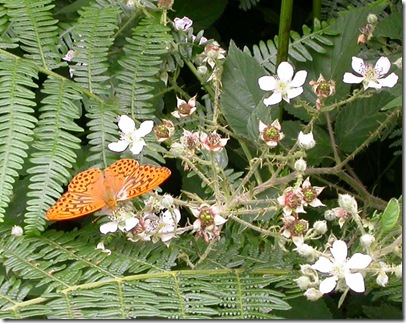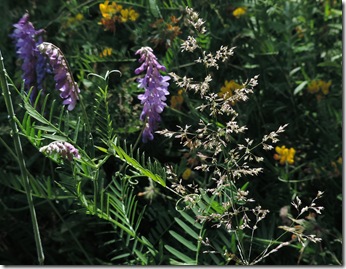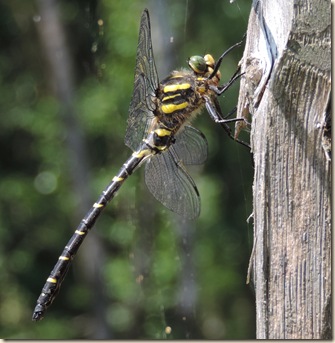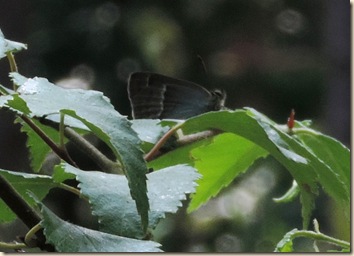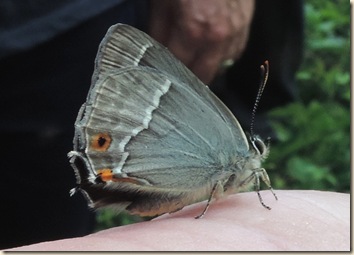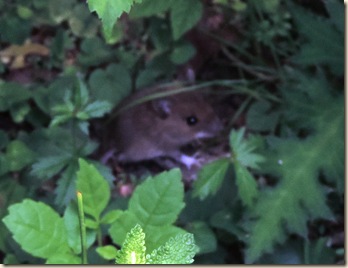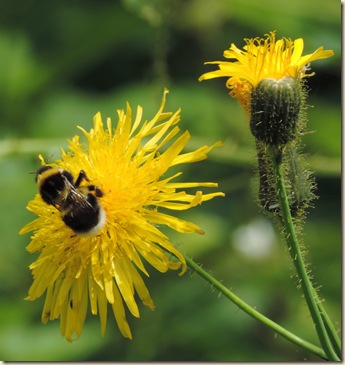There has been a strong emergence of these beautiful butterflies in the last few days. Usually they occur in open, flowery rides and glades in different parts of BHW and seem gradually to be increasing.
Today they were along the lane from the Old Woodyard to Austford Farm (TQ789207 to TQ787201) and from there up the ride to TQ786202 They were also in the ride to the east of Holman Wood Field, TQ795202. They are mostly patrolling males at this stage and fly to have a look at you, circling around the ride and among the lower branches of the trees.
So far this year though I have seen no white admirals, butterflies that are usually on the wing with the silver-washed fritillaries, and I would be grateful to learn of any sightings.
